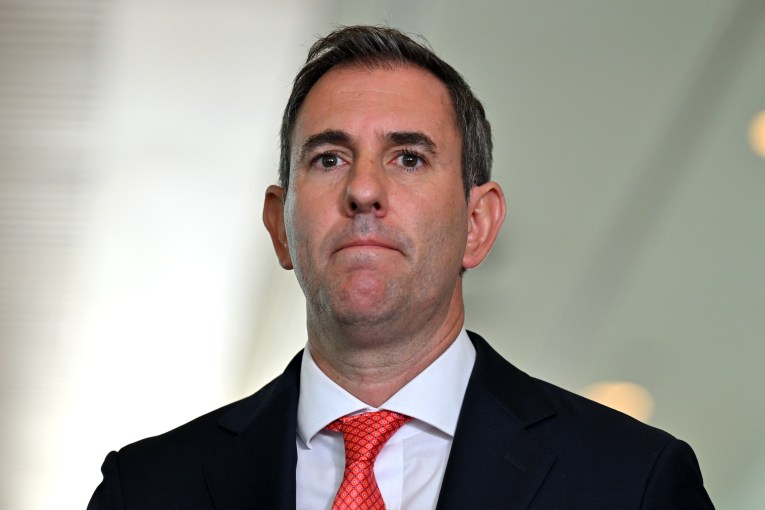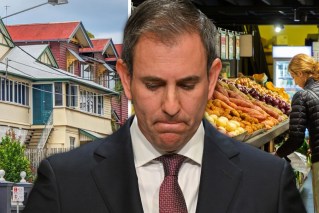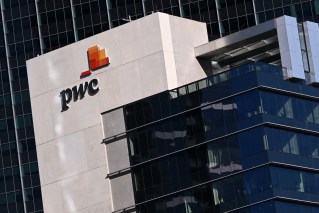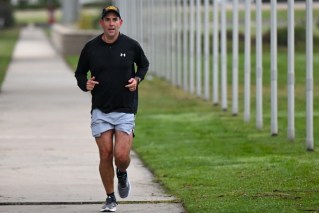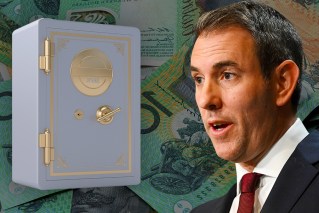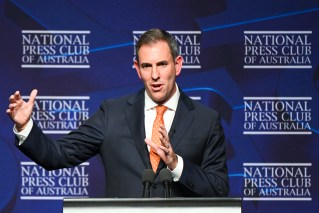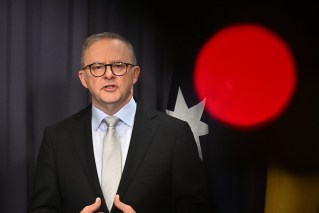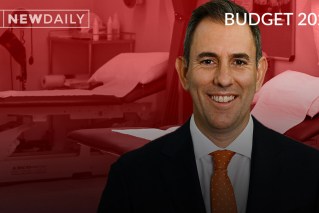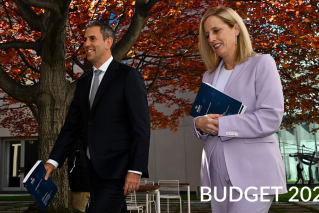Federal budget 2020: Frydenberg’s figures rely heavily on hope and more than a little spin

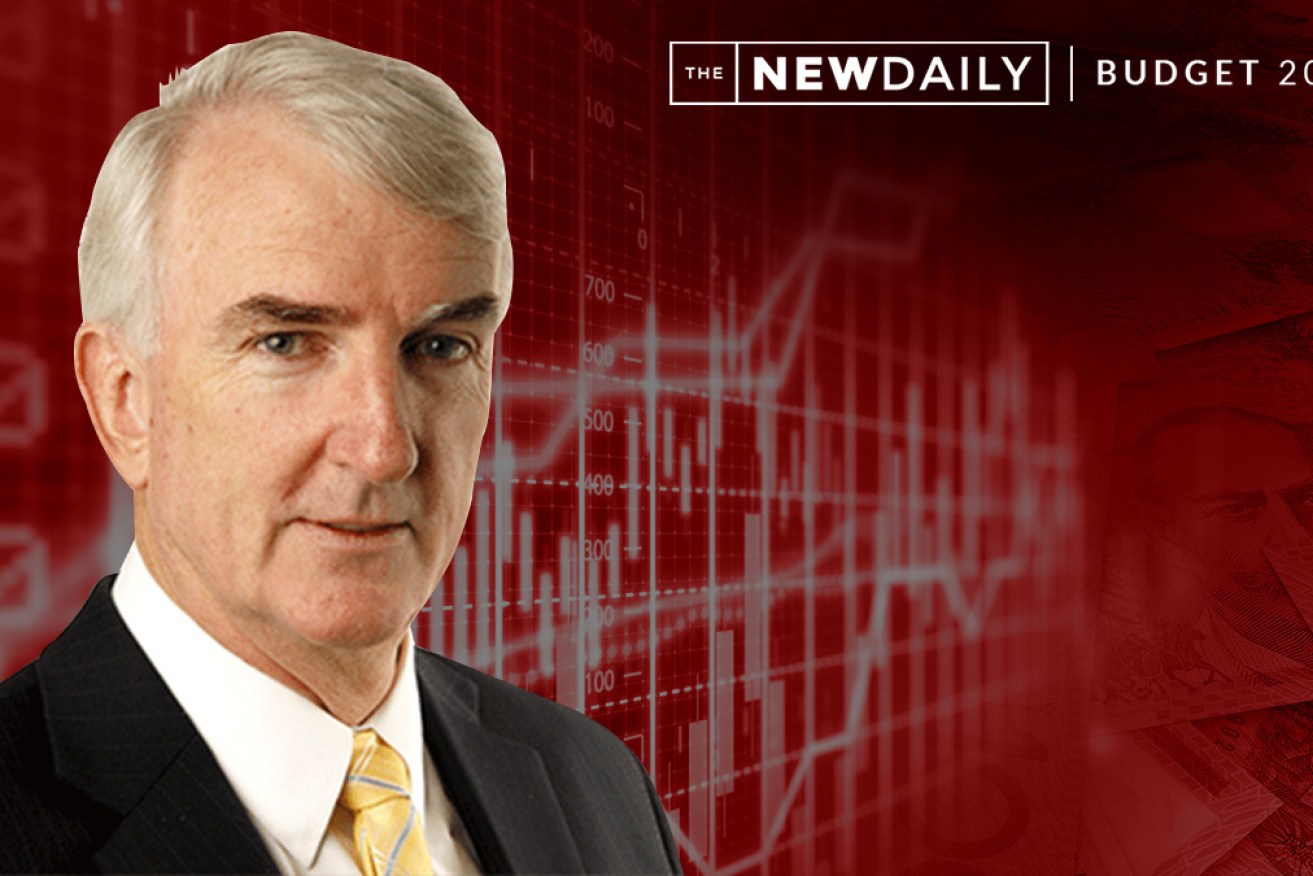
The problem with spin and exaggeration is that it eats away at credibility and weakens trust. Photo: TND
The first two examples Josh Frydenberg gave of increased infrastructure investment were unfortunately symbolic of his budget speech – construction of the Singleton bypass isn’t expected to start until mid-2023 and they’ve been shovelling away on the Bolivia Hill upgrade since 2018.
One is years away, the other is an old re-announceable. Hey, it sounds good – who’d bother to check?
Like the way he chose to inflate the value of the brought-forward 2022 income tax cuts by comparing them with 2017-18 figures, the Treasurer was spinning hard, trying to paint the best picture of a dire outlook.
The problem with spin and exaggeration though is that it eats away at credibility, weakening trust. And trust is required if Australians are to regain the necessary confidence to spend and invest.
Aside from spin, the other defining theme of this budget was hope. Massive licks of hope that all manner of things start going very well indeed.
Hope and optimism
For example, the budget is based on the belief that Australians really will get out and spend their tax cuts, that after contracting by 1.5 per cent this financial year, household consumption will soar by 7 per cent in 2021-22.
Given that the phase 1 tax cuts barely registered on consumption when we weren’t recession scared, it would appear to be a very brave call.
It’s that surge in consumption – not business investment, despite all the rhetoric – that is supposed to lift us out of the valley of despair and onto sunlit plains extended.
We householders are supposed to be hitting the shops big time despite unemployment still being 6.5 per cent in June 2022 and wages growth of 1.5 per cent.

Mr Frydenberg’s budget relies heavily on optimistic assumptions.
Did someone mention the wage price index? It’s been the second-biggest joke in every Coalition budget – always hopelessly optimistic ever since those rosy days when Senator Abetz was warning about massive wages inflation about to break out.
Mr Frydenberg is going with an optimistic consumer price inflation forecast of 1.75 per cent this financial year and 1.5 per cent the next.
He’s forecasting the wage price index will grow by 1.25 per cent this year (but the tax cuts are supposed to keep real disposable incomes positive) and then 1.5 per cent – the same as inflation, so real take-home wages will fall.
Wage rises of about the inflation rate were already the norm. Now, with higher unemployment and underemployment, we’ll be lucky to achieve that.
And there’s another subtle aspect to the way the government is pitching its several billion dollars in job support by subsidising the wages of apprentices and (relatively) young people – it’s a little deflationary.
Job support
A business doesn’t hire someone unless it has work for that person to do. If the cost of that person has been lowered, the business feels less pressure to increase its prices in an uncertain economic climate.
And if you’re the person whose wage is being subsidised by the government, how secure might you feel about your future when the subsidy runs out?
Yet we’re supposed to be spending furiously as soon as we get our tax returns next July/August. Something doesn’t add up.
That something isn’t right or at least is based on a great deal of hope can be seen in the government’s revenue forecasts. Mr Frydenberg expects the worst recession since the Great Depression will barely dent what flows into his Treasury coffers.
In the land of hope and spin, nearly all the pain comes from spending, not from revenue. Or maybe that’s a matter of faith.
Economist Callam Pickering was quick to point out the disparity between the real-world experience of the global financial crisis (GFC) here and the forecast.
“In the GFC tax receipts fell by 3.7 percentage points as a share of GDP,” he tweeted.
“The federal government expects receipts to fall just 2.4 percentage points during the COVID-19 crisis. That would be astonishing if achieved.”
In dollars, Mr Frydenberg reckons his receipts will only dip from $469.4 billion in the past financial year to $463.8 billion this year and $451.9 billion the next, before surging to $482.6 billion in 2022-23 and $526.4 billion in 2023-24. What recession?
The population problem
Further testing faith in the immediate forecast is that Treasury acknowledged the reality of our falling fertility rate and the collapse in immigration.
“Population growth is assumed to be around 1.2 per cent in 2019‑20, 0.2 per cent in 2020-21 and 0.4 per cent in 2021-22,” the budget papers note.
Immigration expert Abul Rizvi reckons returning to 3 per cent real economic growth long term is a “serious fantasy given population ageing and much lower population growth forecasts”.
“No major developed economy has come close to this once well into demographic burden phase.”
In the short term, the next two years, such low population growth hurts consumption – and revenue.
All this, of course, is based on faith in an effective vaccine being widely available by the end of next year. Treasury is even forecasting international travel will pick up in 2021-22.
As everyone who hasn’t been taking too much notice of Prime Ministerial announcements knows, that’s far from being a sure thing. It’s only one of the things that aren’t sure.
“The range of possible outcomes for GDP and unemployment in particular is substantially wider than normal,” the budget papers record. “This translates into a higher-than-usual degree of uncertainty for the fiscal estimates.”
Goldilocks future
The biggest joke of every budget remains the assumption that, beyond the two years of forecasts, the economy will steadily return to trend, absorbing excess capacity over five years.
In other words, the whole exercise and those fancy figures beyond 2021-22 are built on the happy-ever-after belief that everything will converge on being just right. Nice.
So off into the Goldilocks future we journey on spin and hope.
A final example of that spin: The budget states the government has committed to invest “an additional $14 billion in new and accelerated infrastructure projects over the next four years”.
But that “additional” $14 billion is still part of the government’s record 10-year transport infrastructure investment pipeline, which has been expanded to $110 billion.
So the reality is that the Morrison government is only increasing its transport infrastructure investment by $10 billion over the next 10 years – $1 billion more a year in reaction to the biggest economic shock in the better part of a century.
In the context of a $2 trillion economy, it’s fly dirt in the pepper.
And that total $110 billion over 10 years is still only $11 billion a year, a fraction of what NSW alone invests.
Back in 2014, Joe Hockey was promising $8.3 billion a year. By the middle of the decade, Josh Frydenberg’s $11 billion will be about the same in real terms.
Keep spinning, keep hoping.

